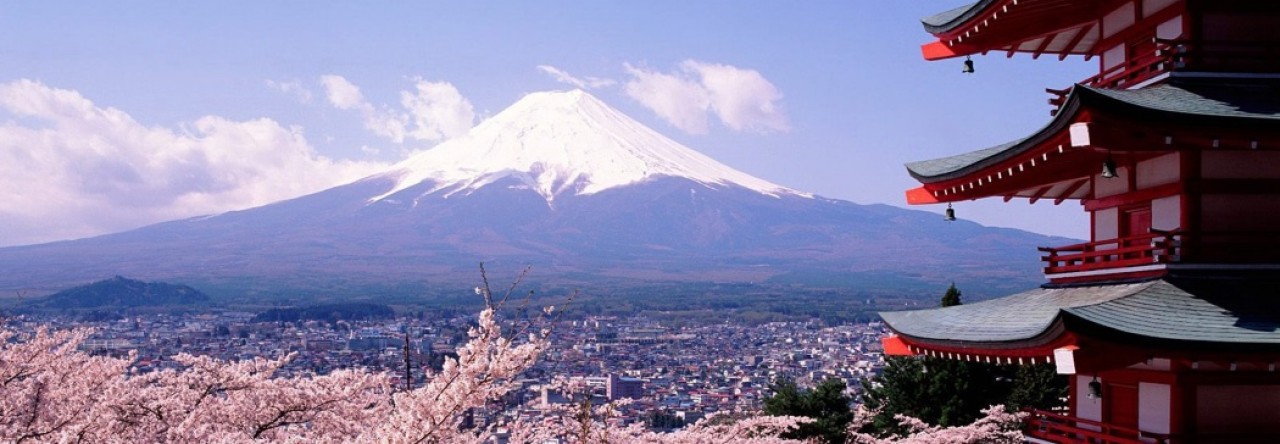
Charles Bolton’s face was bright red as he muscled through his umpteenth push-up. It’s one of 1,000 the 71-year-old pumps out during each of his thrice-weekly, four-hour workouts at Kensington, Md.’s Black Belt Martial Arts Center (10576 Metropolitan Ave.; 301-946-5425, Bbmac.com).
But if you think the fifth-degree tae kwon do black belt must have been a child prodigy like Jackie Chan, you’re wrong. The retired CIA employee didn’t get started until he was 44, which as many other middle-aged martial artists can attest, is definitely not too late.
A lot of changes happen in one’s 40s, explains tae kwon do master Sang H. Kim, 52, author of “Martial Arts After 40.” “Martial arts training can be one such positive change,” he says. “The slower rate of metabolism that begins to occur in our 40s can be reversed, countering weight gain. [And] mood swings caused by hormonal changes can be improved by active participation in training.”
Active participation, however, can also hurt. “I can’t tell you how many times I attempted a kick and ended up on my rear end,” Bolton says.
So Kim emphasizes the importance of discussing your program with your doctor, and then progressing slowly but steadily toward your goal. “Accept limits; explore possibilities. Discover the uniqueness in your mind and body at this age,” says Kim, who admits he’s scaled back his training considerably over the years. “I don’t do what I did when I was 18 — the crazy flipping over 20-foot-high cliffs up in the mountains and landing on the ground.”
Brazilian jiujitsu instructor Roy Harris, who released the DVD “Brazilian Jiu-Jitsu Over 40,” says the style you choose to pursue doesn’t matter nearly as much as the instructor. The right one should be able to modify the moves to fit your abilities. “You can learn as much and have as much fun as anybody else in class,” he adds.
Bolton was drawn to tae kwon do for its promise of a full-body workout. He soon learned that studying the huge number of “forms,” or choreographed movement patterns, bolstered his brain as much as his muscles. “Concentration and focus in tae kwon do is everything,” he says.
But he was also so attracted to Muay Thai that he decided to add it to his repertoire. (He earned that black belt at age 66.) The efficient and high-energy style was the right fit for 51-year-old Monte Mallin, who began training at BBMAC last year after his son, who was taking classes there, urged him to do more than watch. “Now I can’t live without it,” Mallin says. “I plan my life around it.”
It’s the same for 48-year-old Beth Canha. When the former marathoner discovered BBMAC’s Muay Thai program at age 45, she couldn’t do a push-up at all. “And I really couldn’t do a full sit-up,” she says. After regularly attending two or three classes a week for three years, however, Canha eventually knocked out the 75 push-ups and 100 sit-ups required to earn her black belt. “I like how I feel now — so much energy,” she says.
Maybe even enough to do 1,000 push-ups one day.
Magic in Movements
One of the most popular martial arts for older adults is tai chi, a slow-moving, breath-focused practice developed in China that research indicates can have a positive effect on one’s health. In a recent University of Missouri study, patients undergoing chemotherapy improved their cognitive abilities by attending tai chi classes.
Photos by Teddy Wolff

Leave a Reply